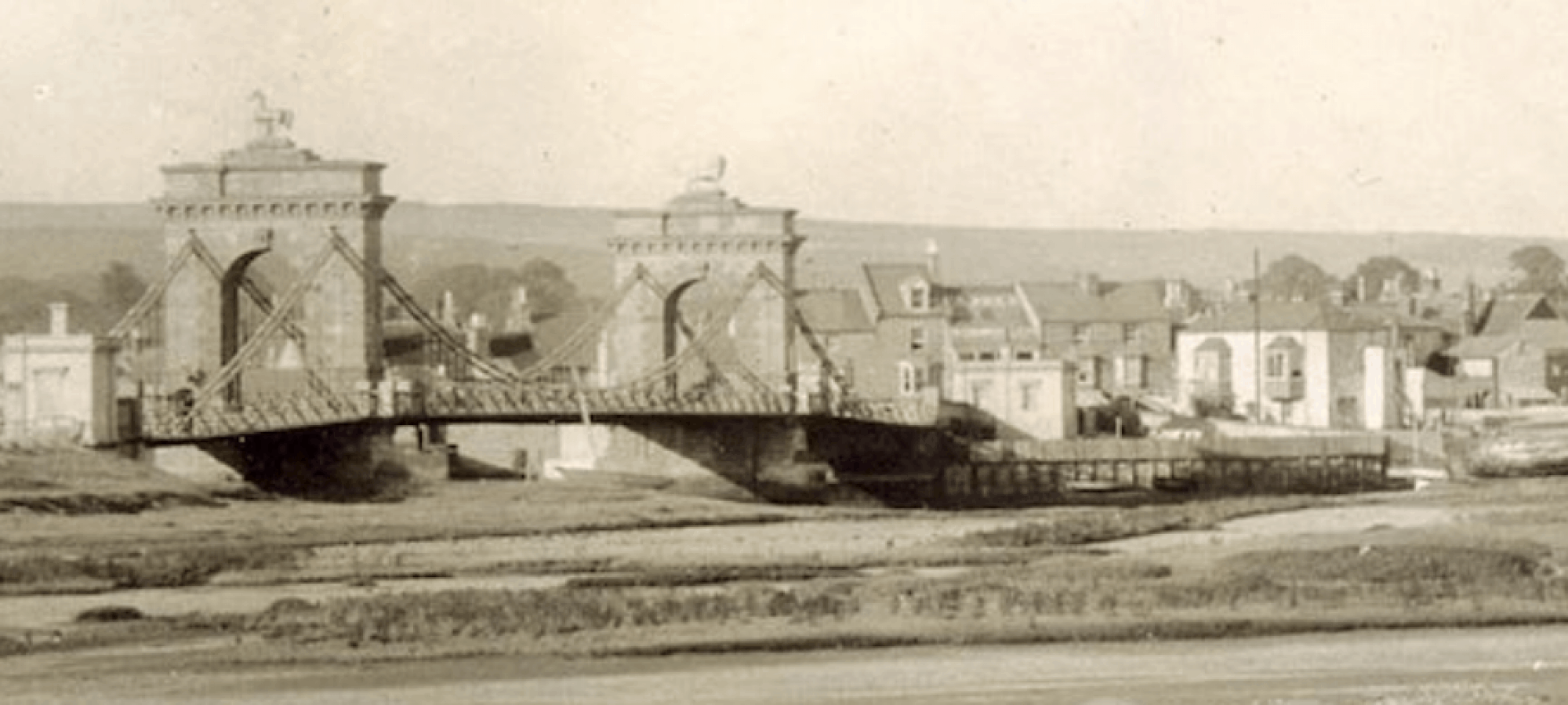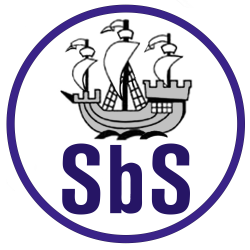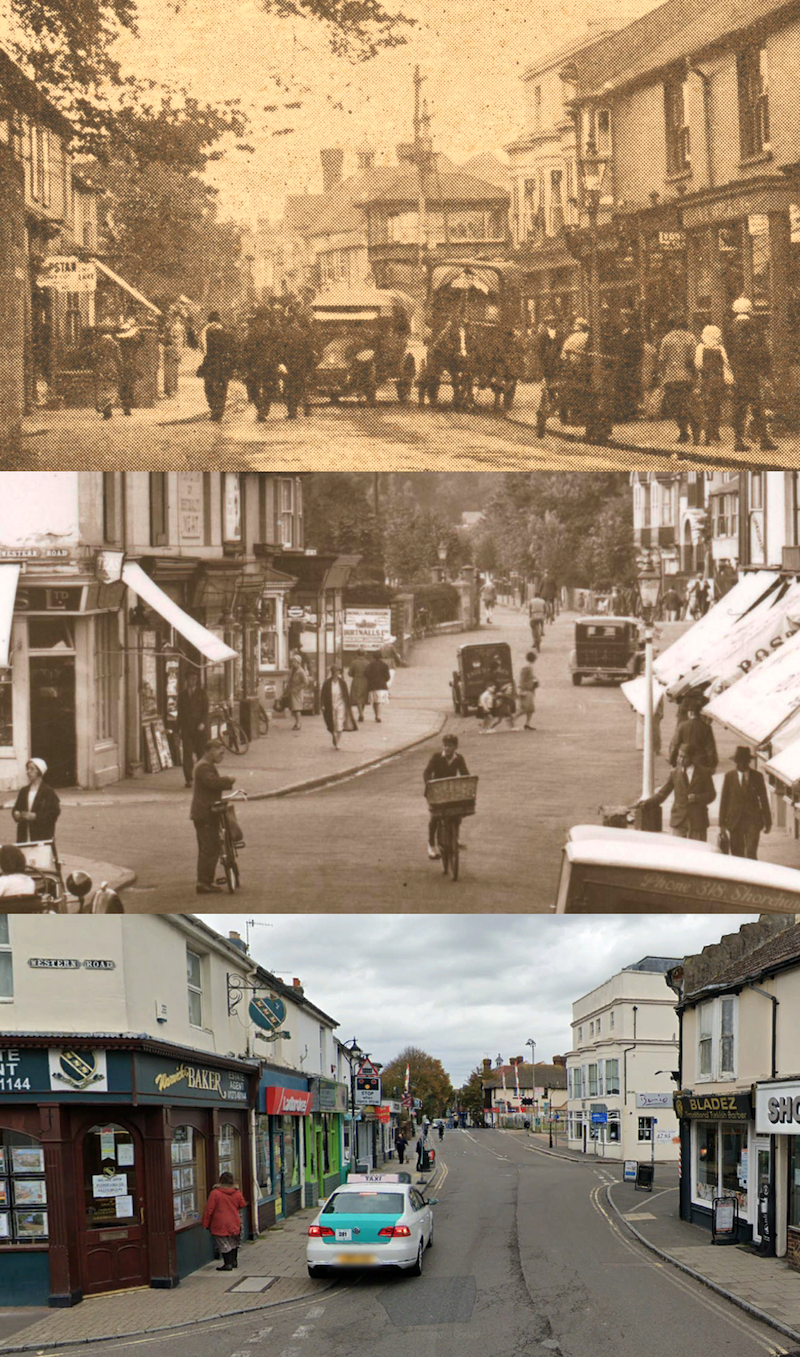This 20 minute video explores some of the content on the website and demonstrates some of the features.
Speedy trip around Shoreham
Filmed in 2013 this video by Steve Edwards was inspired by a similar amateur film made by Paul Plumb 50 years earlier in 1962 – titled A River Runs Through Our Town.
That whole original 1962 film is not available as unfortunately an error in the Screen Archive South East seems to have clipped the original 90 minutes short by 18 minutes. However there is a recent copy of the clip ( at 9m18s) pasted below (ignore the non-original captions and music):
Old Fort Road from the air
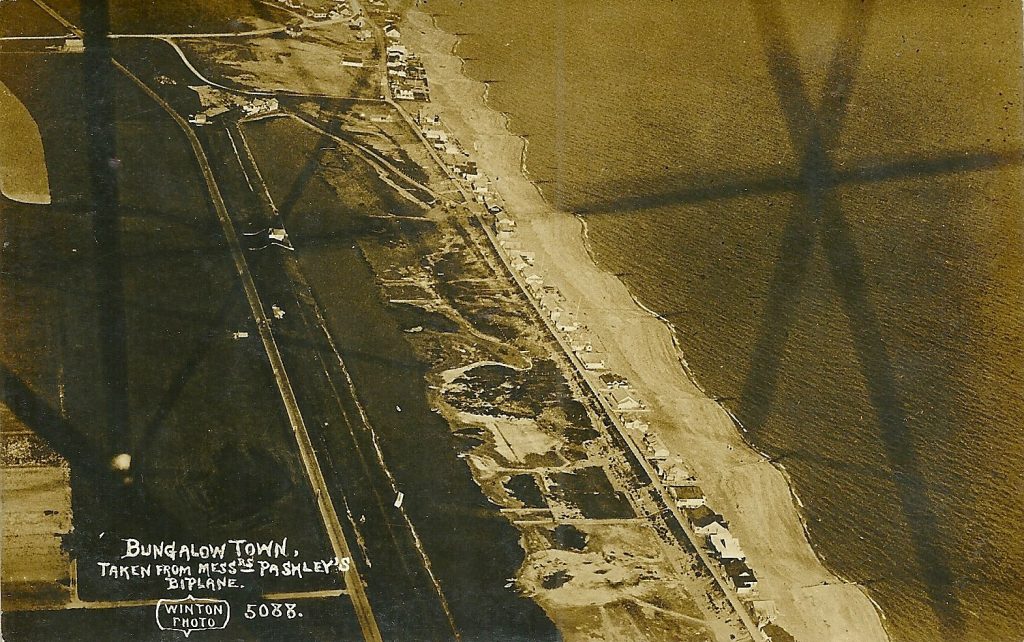
The Old Fort wasn’t considered old in 1913 – so much so that the beach road to the new bungalows was called Fort Road. The shingle spit of land in 1896 was still correctly titled Lancing Beach but by 1909 the maps showed it as Shoreham Beach. Perhaps the later title of Bungalow Town was to placate both factions… until the question of the airport name was mentioned!
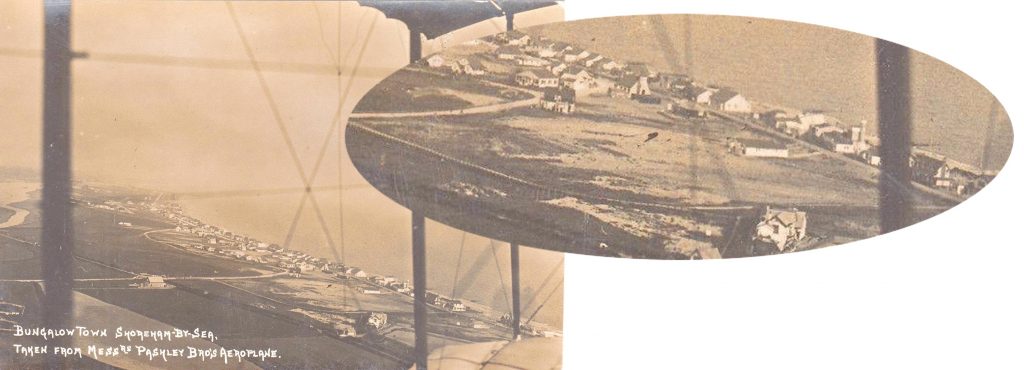
Brunswick Road – Then & Now
Kissing Tree Gate
This delightful photograph that is pre-1915 is of the twitten alleyway and gate at the junction of Southdown Road and Mill Lane. The field behind is Oxen Field – often used for town events and sports. The twitten was the route north to Little Buckingham, with a high flint wall on the boundary with the vicarage in Shoreham Court to the east.
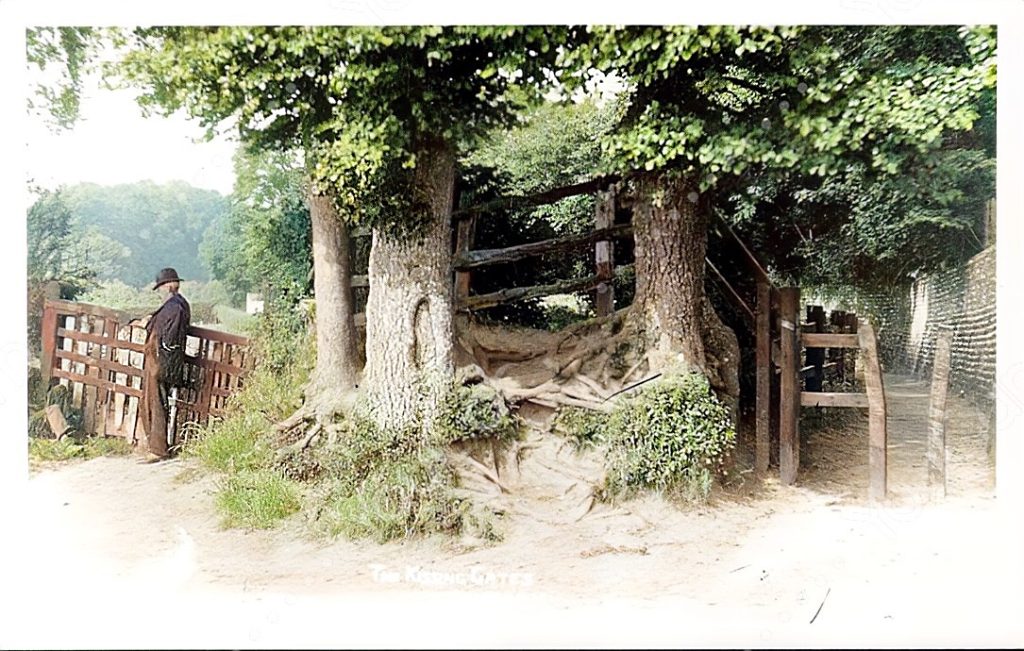

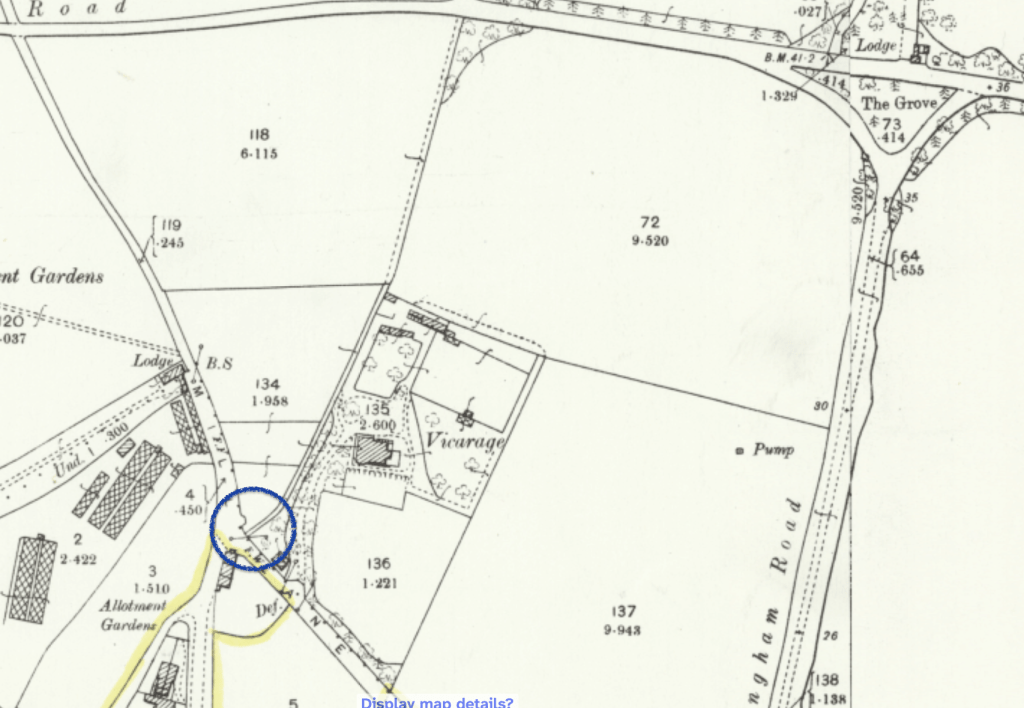
3rd Shoreham Scouts
A Brief History
The 3rd Shoreham Sea Scout Group was formed in 1919 by William L T Roberts a Cornish seaman who settled in the town at the termination of the First World War. In 1923 he joined the Metropolitan Police, later transferring to the Thames River police. The first recorded Group Scout Leader was Captain C T Keigwin, R.D, R.N.R, F.R.G.S, also a Cornishman, appointed in 1929.
In 1919 the Sea Scouts occupied a small shack situated on the Surry Hard. The shack was originally used by 1st Shoreham Scouts from 1911. During the First World War the number of Scouts dropped and by 1918 the 1st Shoreham Group fell into abeyance. 3rd Shoreham Group took over the building from 1919.
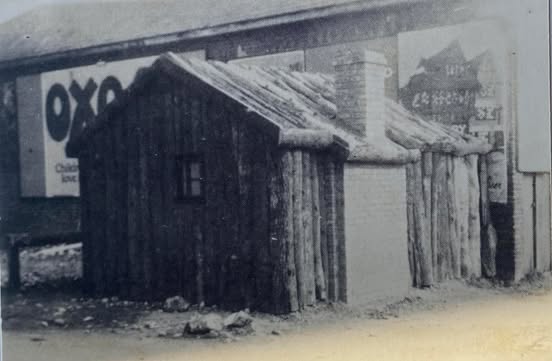
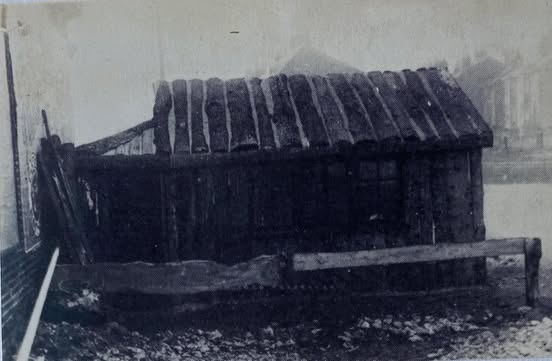
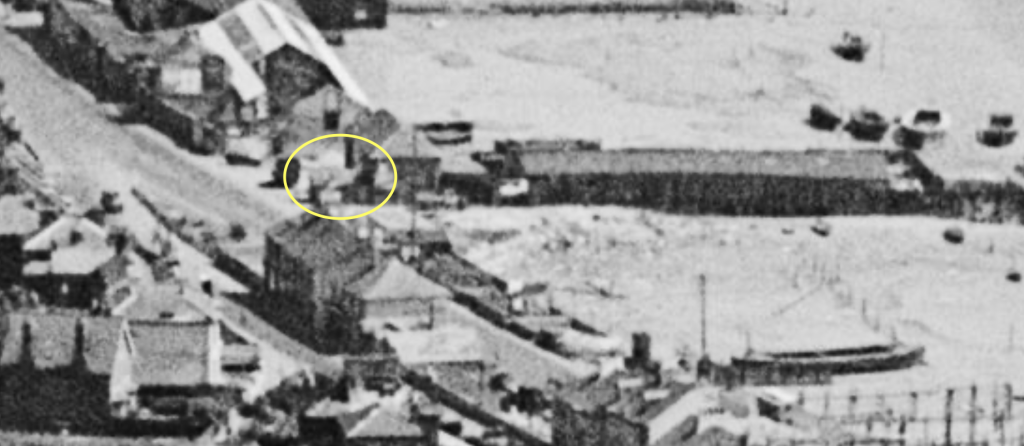
It was in 1939 that the Group adopted the title ‘Sea Scout Ship Terra Nova’ after R.F. Scott’s Terra Nova Expedition, officially known as the British Antarctic Expedition 1910-1913
In 1939 a new HQ was built from a second hand aircraft designers’ building acquired from the now famous F G Miles the British aircraft designer and manufacturer. This was sited in the Shoreham Urban District Council works yard in Ropetackle.
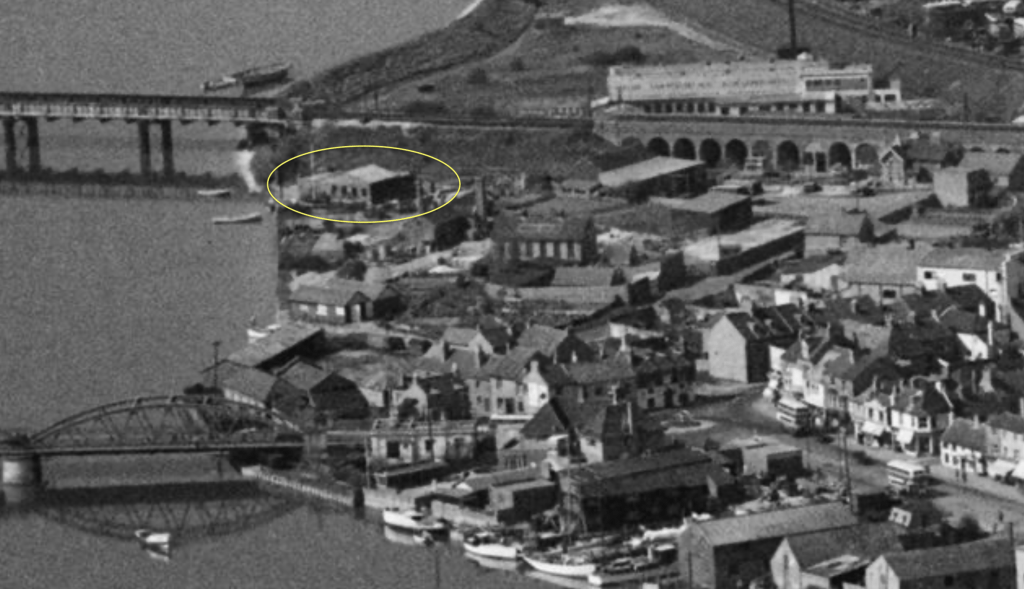
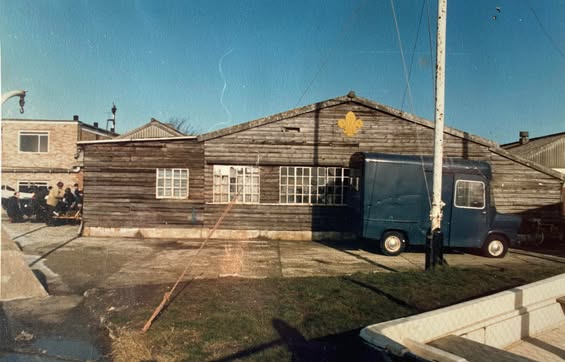
Who is who?
The recent re-discovery of the Buckingham Book and the uncaptioned contents has raised many questions about who in the Head family is in the photographs. With over 130 years elapsed since many of the photos were taken and the last of the subjects having passed away by the 1980’s there maybe only a few people who will have met any of them to identify them specifically. A few named photographs exist as references – notably Sir Henry Head, Hester Pinney and Christopher Head. But who are the others?
As you browse the scrapbook and scrutinise the faces do you see similarities that will help identify individuals? Most of the photographs are undated so it is useful to see Bernard Head in many group photos as we know he was born in 1876.
Mystery photograph 1:
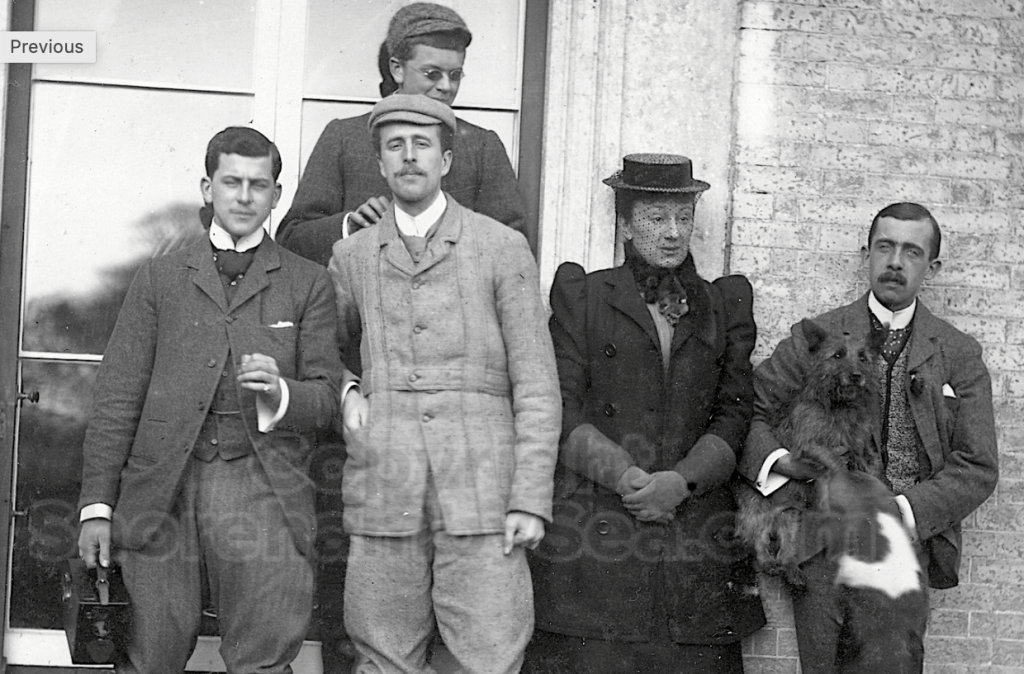
Homicide at the Buckingham House?
In 1853 the home of the local Squire Bridger was the scene of a night-time burglary. This was not unexpected after a series of break-ins in previous days. Servants had been put on watch in the darkened manor house and were armed with guns. They had not to wait long before a man entered the property through a window. When confronted and ordered to surrender he bolted for the exit. In the ensuing fracas he was shot in the back and clambered out of the window before dying in the garden outside. The reulting court case is outlined below.
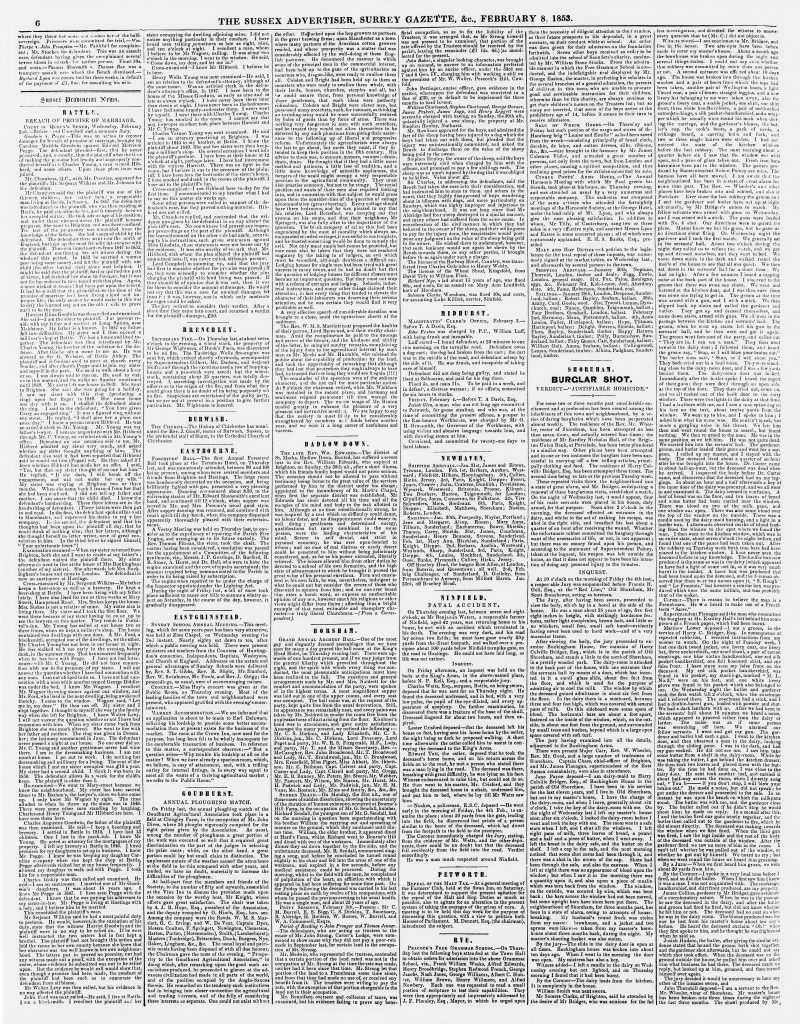
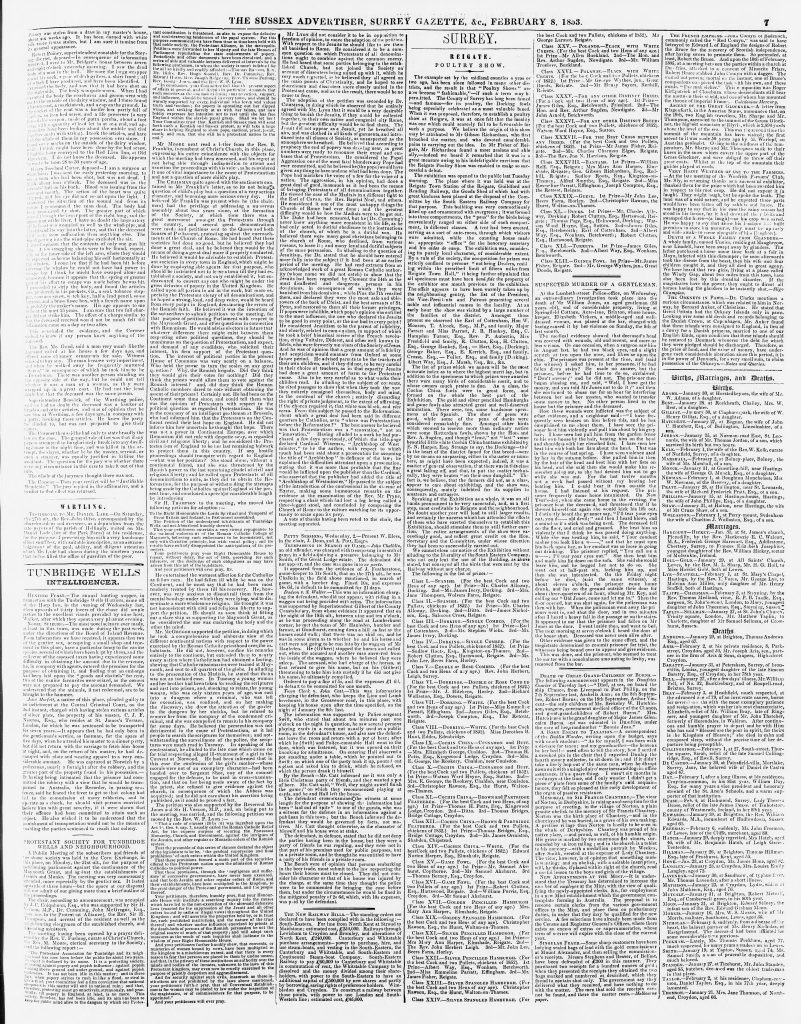
The Dungeons of Shoreham
In 1857 there was a bit of to-do about the state of the Dungeons – a narrow high-walled alleyway between Victoria Road and what later became Connaught Avenue. It was the most direct pedestrian twitten (betwixt and between) between New Shoreham and Old Shoreham. It was dark, very boggy and in places was covered over by buildings straddling the alley making it a menacing place and earning the nickname “The Dungeons”. The alley bisected the Swiss Gardens site so had particularly tall sides for the entire length to prevent illegal access to the pleasure gardens on either side. For those patrons inside the Swiss Gardens there were wooden footbridges that bridged the alleyway.
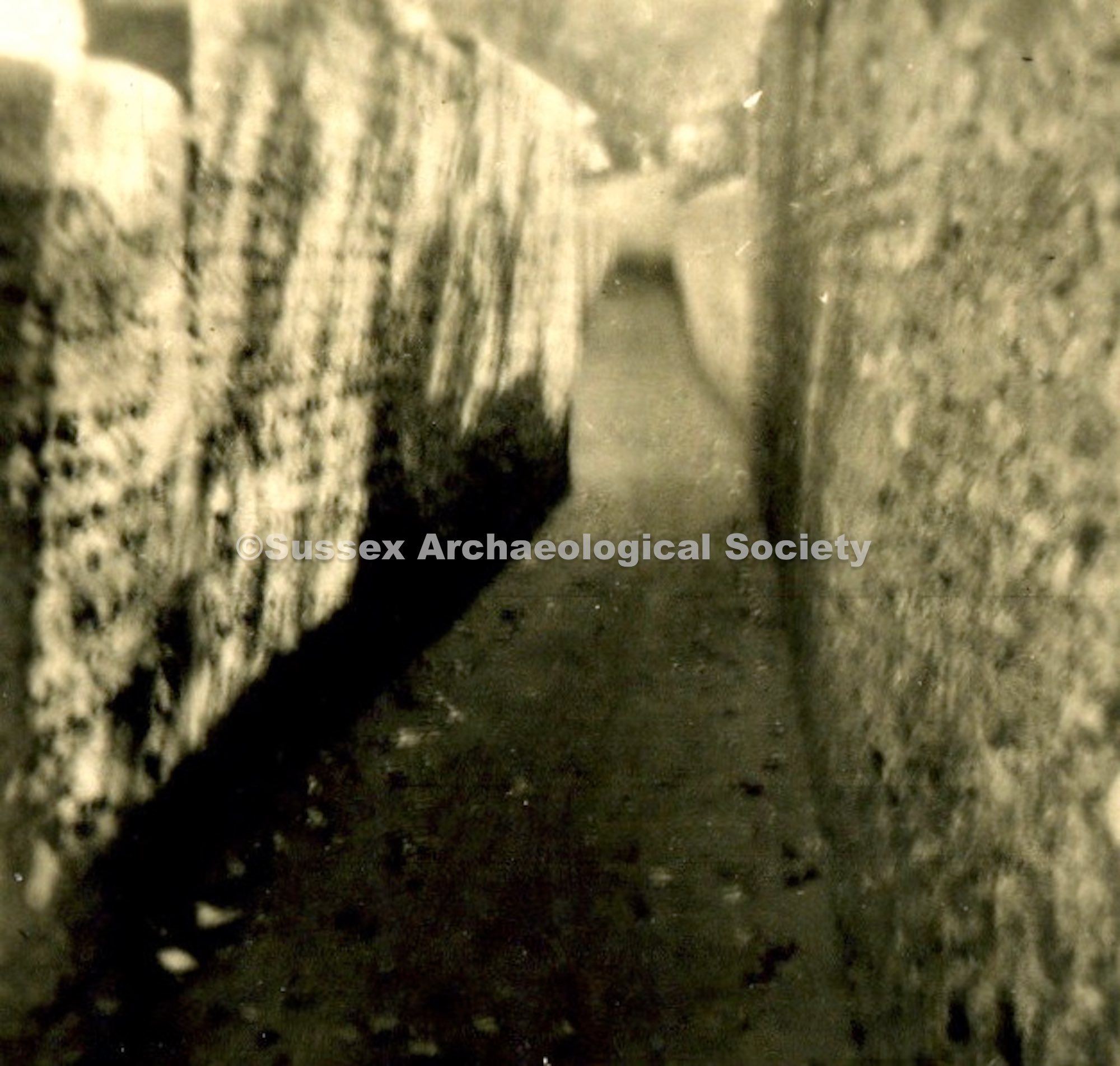
The 1857 newspaper report: “We have carefully inspected the footway under the Swiss Gardens, and are of opinion that more head-room is required in that part of the passage immediately under the Swiss Cottage, that the height from the ground should not be less than 6ft. 6.; that the passage should be made a little wider under the cosmormamic views; that the pathway should be levelled and made clean; and the water drained off on the right side, from east to west; that the water-spout should be prevented from dripping in the passage; and that sufficient light be admitted for passengers to discern where they tread, -all of which suggestions Mr. Goodchild has engaged to carry out, under the inspection and to the satisfaction of the Surveyors.”
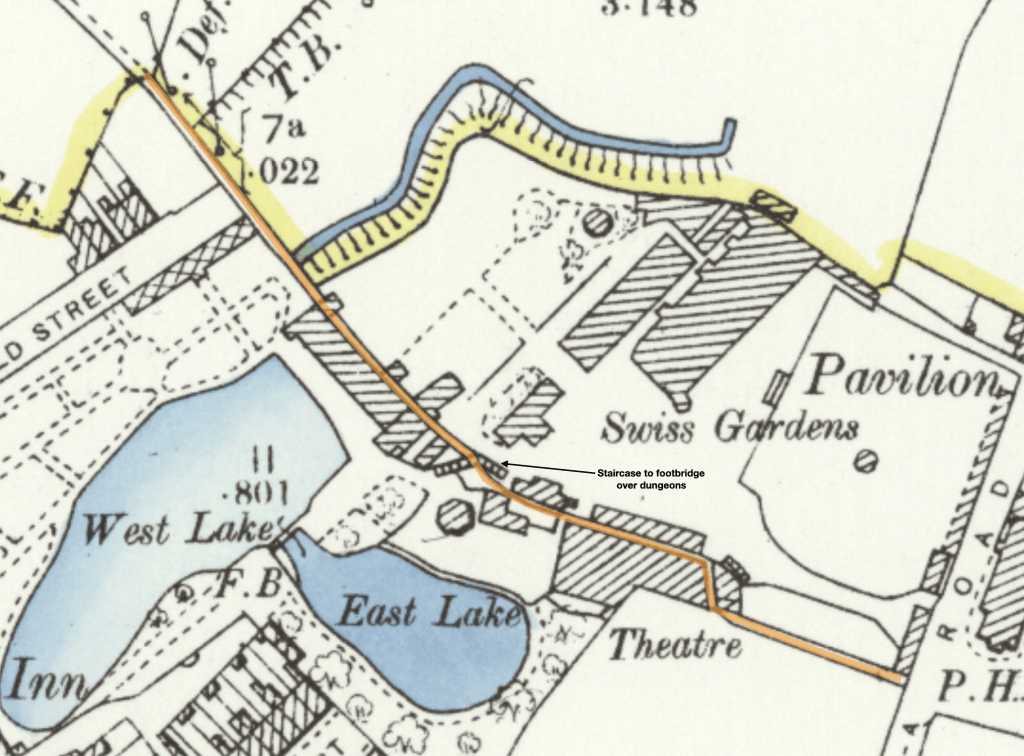
A Brief History of Aviation at Shoreham
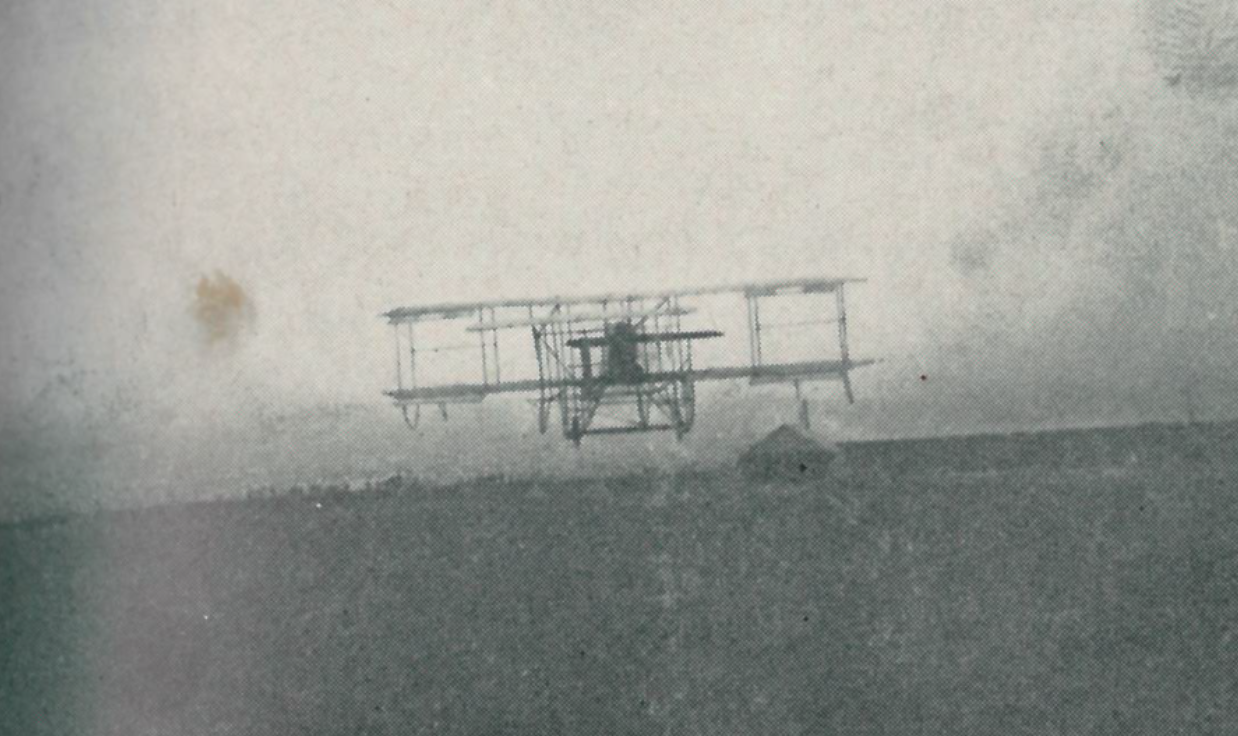
Andy Ramus wrote a comprehensive article in 7 parts on the development of aviation at Shoreham Airport. You can access each chapter below.
